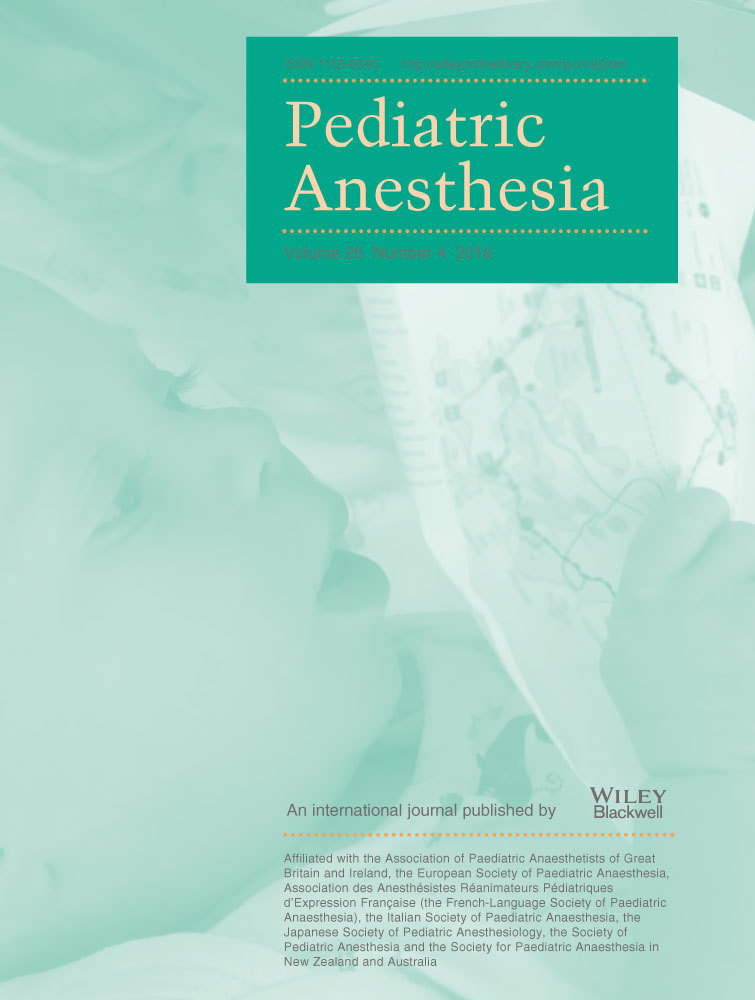Improvement in the airway after mandibular distraction osteogenesis surgery in children with temporomandibular joint ankylosis and mandibular hypoplasia
Summary
Background
Temporomandibular joint (TMJ) ankylosis accompanied by mandibular micrognathia can severely obstruct a patient's upper airway. The obstructive sleep apnea and hypopnea syndrome (OSAHS) resulting from TMJ ankylosis and accompanied by mandibular micrognathia, can severely influence the patient's life.
Aim
The aim of this study was to determine if there is a difference in Cormack and Lehane score before and after distraction osteogenesis in such patients, and to evaluate the airway changes and the respiratory outcome using polysomnography after mandibular distraction osteogenesis.
Methods
This observational prospective study was carried out on 30 ASA II patients with micrognathia and TMJ ankylosis undergoing internal distraction osteogenesis. All patients were assessed with polysomnography before surgery and 6 month after surgery. Nasal intubation was done using a fiberoptic bronchoscope, then patients were subjected to the same anesthetic protocol. Direct laryngoscopy was attempted for the Cormack and Lehane grading after induction. The Cormack and Lehane grade was reassessed after facial symmetry was obtained on removal of the distractor.
Results
Mouth opening and Cormack and Lehane score improved significantly between the initial presentation for placement of mandibular distraction osteogenesis devices and on removal of the destructor under general anesthesia. Polysomnographic studies conducted after distraction confirmed the correction of airway obstruction in all patients: Improvement in Apnea–Hypopnea Index, mean difference (95% CI), 39.8 (38.8–40.9); the number of apneas per hour, mean difference, (95% CI) 41.1 (42.1–40.1); and oxygen-desaturation-index mean difference (95% CI) 27.6 (28.3–26.8).
Conclusion
Mandibular distraction osteogenesis improved laryngeal view. Distraction osteogenesis can be successfully used for the treatment of obstructive sleep apnea in mandibular hypoplasia patients.




